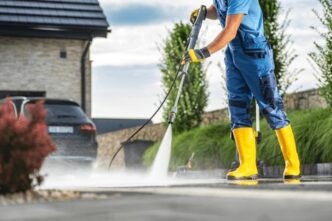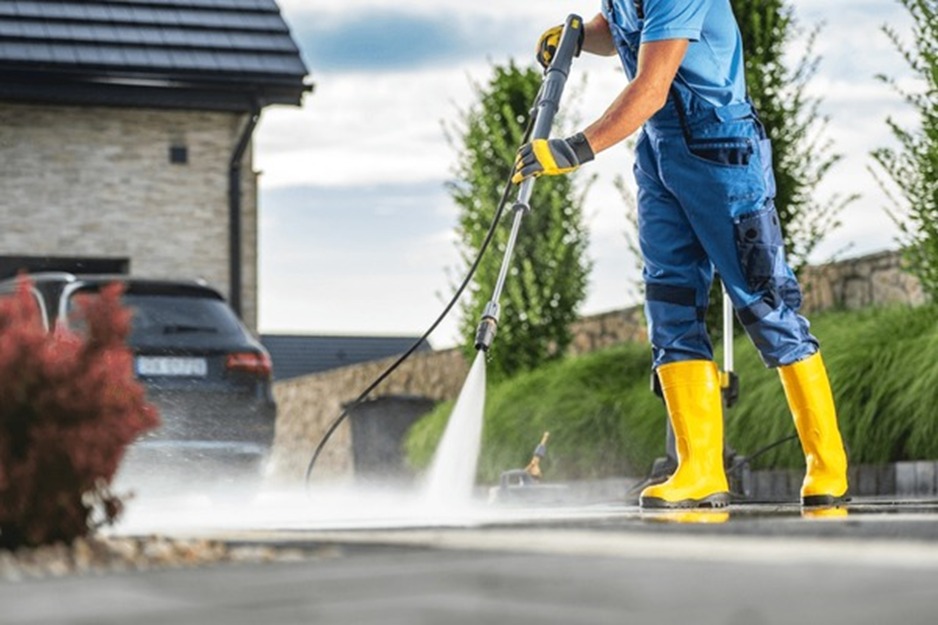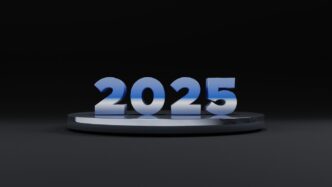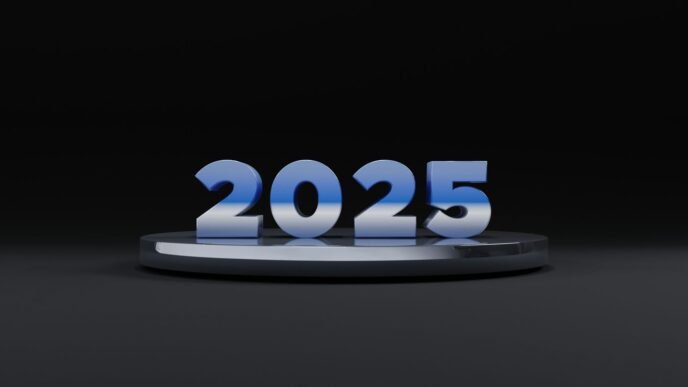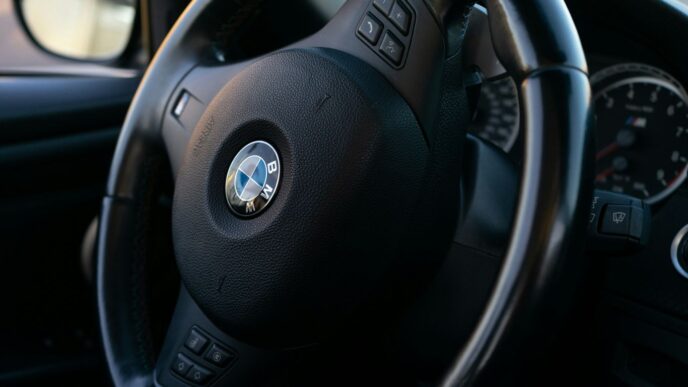Clean is a word we use every day. Clean clothes. Clean car. Clean house. But how often do we pause to consider what that word truly means? For some, clean means the visible absence of dirt. For others, it’s a feeling: a sense of freshness or comfort. But in the world of surface care and water use, the definition of clean goes deeper. It’s not just about what you can see. It’s about what’s left behind when you think the job is done.
From the home kitchen sink to the driveway where you wash your car, understanding the science of clean can transform your habits, your results and even your health. With modern tools and smarter systems, cleaning today isn’t just a chore: it’s an opportunity to reach a new standard of purity, both indoors and out.
The Invisible Residue You May Not Know About
In many homes, cleaning still involves tap water, a bottle of detergent and a bit of elbow grease. The problem? Tap water is not as pure as most people assume. Depending on your region, the water from your faucet may contain minerals like calcium, magnesium and trace metals. While safe to drink, these minerals don’t just disappear after rinsing. They stay behind as invisible residues that cling to surfaces.
That sparkling window? Look closer, and you might notice faint streaks or spots once the sunlight hits it. The freshly washed car? Within minutes of drying, you’ll often find chalky deposits on the glass or paint. These are caused by total dissolved solids, or TDS, in regular tap water. And while they might seem harmless, they interfere with the clarity, shine and overall hygiene of surfaces you just worked so hard to clean.
The Difference Between Surface Cleaning and True Purity
Many cleaning routines focus on removing visible grime. But achieving true purity means addressing what isn’t immediately obvious. When rinsing with mineral-rich water, you’re often adding back new contaminants even as you’re removing old ones. In kitchens and bathrooms, this can result in film on glassware, haze on tiles and reduced effectiveness of soaps and disinfectants.
Outdoors, the impact is just as significant. Washing your car or cleaning windows with unfiltered water often leads to spotting, dullness and faster deterioration of protective coatings. The surface may look clean in the moment, but residue buildup over time can wear down materials and make future cleaning even harder. This is why more households and car care enthusiasts are turning to purified water systems to achieve next-level results.
What Is Purified Water and Why Does It Matter?
Purified water has been treated to remove nearly all of its dissolved solids. This can be achieved through filtration methods like reverse osmosis or deionisation. The result is water that leaves nothing behind. No minerals. No contaminants. Just pure H₂O.
Using this type of water for cleaning offers several key benefits. Surfaces dry spot-free without the need for towels or extra buffing. Glass becomes clearer. Paintwork becomes more reflective. Protective coatings adhere better and last longer. And because no residue is left behind, surfaces stay cleaner for longer: reducing the need for frequent re-cleaning.
Cleanliness in Car Care: More Than Just Shine
In the world of car detailing, clean is about more than appearance. It’s about preserving the integrity of your vehicle. Mineral residue from hard water doesn’t just leave unsightly spots. It can actually etch into the clear coat if left to bake in the sun, permanently damaging the finish. For car owners who invest time and money into waxing, sealing or ceramic coating their vehicles, rinsing with impure water can undo all that effort in a single wash.
This is where spot-free water systems come in. These systems filter out the minerals that cause water spots, allowing you to wash and rinse your car with confidence. When your vehicle air-dries without a single blemish, that’s not just visually satisfying: it’s also safer for the paint. No need to wipe with a towel means no chance of swirl marks or micro-scratches.
Purity in Home Cleaning and Exterior Maintenance
The same principles apply to home cleaning. Whether you’re washing windows, scrubbing outdoor furniture or rinsing off a conservatory roof, using purified water leads to dramatically better results. Window cleaners have long relied on water-fed poles and deionised water to achieve streak-free finishes on tall buildings. Today, similar systems are available for homeowners too.
Even tasks like watering plants or rinsing solar panels benefit from cleaner water. When mineral deposits aren’t left behind, surfaces maintain their original condition longer. Solar panels, for instance, stay more efficient when their glass remains completely clear. Garden paths and patio furniture stay cleaner between washes because there’s no residue to attract more dirt.
Clean Tools for a Cleaner Finish
It’s not just about the water itself. The tools you use play a role in achieving and maintaining that purity. High-quality microfibre cloths, for example, lift dirt without scratching or smearing. Soft-bristled brushes remove grime without damaging coatings. And spray bottles that don’t clog allow for more precise product use with less waste.
What ties it all together is the water quality behind these tools. No matter how premium your shampoo, degreaser or cleaner might be, if you rinse it away with tap water full of minerals, the job is only half done. Think of purified water as the final polish on a job well executed. It enhances the effect of your tools and products by ensuring nothing compromises the surface once you’re finished.
Time-Saving and Long-Term Efficiency
One of the hidden advantages of cleaning with purified water is how much time it saves over the long run. You’ll spend less time wiping down windows, drying cars or scrubbing streaks off surfaces. You also use fewer cleaning agents because you’re not compensating for mineral interference.
Long-term, this leads to better preservation of your property and possessions. Painted surfaces resist weathering. Windows remain clearer through the seasons. And cars hold their gloss and depth without constant maintenance. That’s a major return on a relatively small investment in a water purification system: whether it’s a countertop filter for your home or a larger RO/DI setup for exterior use.
Understanding the Psychology of Clean
Clean doesn’t just improve appearance. It improves peace of mind. Numerous studies have shown that clean environments lead to reduced stress, improved focus and even better sleep. In your home, clean surfaces support hygiene and comfort. On the road, a clean vehicle reflects pride of ownership and attention to detail.
This connection between cleanliness and mental wellbeing is often overlooked. But when you know the surfaces around you are not just tidy but truly free of residues and contaminants, it enhances the satisfaction you feel in your space. That’s the real value of clean: not just what it looks like, but how it makes you feel.
Bringing Clean Into Your Routine
You don’t need to overhaul your lifestyle to benefit from purified cleaning. Small upgrades can make a big difference. Start with a basic TDS meter to check the quality of your tap water. If levels are high, consider adding a deioniser cartridge to your garden hose or a small filtration system for home use.
Experiment with cleaning windows or rinsing your car using purified water and compare the results. You’ll likely find that towels, cloths and sprays become less necessary because the water leaves no trace. Over time, these savings in effort and product add up: along with a noticeable boost in quality.
Final Thoughts: Redefining What Clean Should Be
In a world where products promise instant results and shortcuts abound, it’s easy to forget what real cleanliness requires. But when you strip it down to the basics, clean means pure. Not just what looks good in the moment, but what stays clean and protected once the job is done. Whether you’re caring for your home or your vehicle, true cleanliness is about eliminating what doesn’t belong: visible or not.
From rinsing your car without spots to washing your windows with nothing but clarity, achieving a higher level of clean is now more accessible than ever. By embracing purified water and smarter cleaning tools, you’re not just improving results. You’re elevating your standard of living. Because when you experience what clean really means, there’s no going back.

